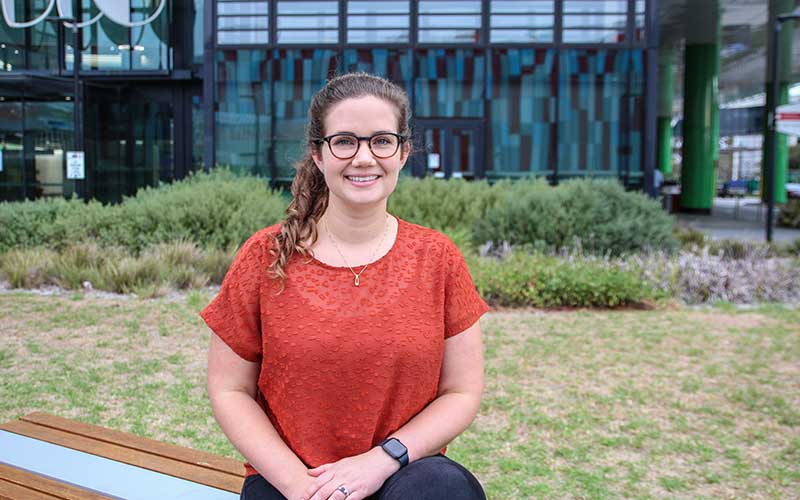Search
Research
Women Migrants in Western Australia: Case Studies of Resilience and EmpowermentWe propose that women migrants, through alliances and collaboration, cross borders of learning and work towards generating change and transformation
Research
The Brain Basis of Comorbidity in Neurodevelopmental DisordersThis review discusses early brain development and the etiological factors that may give rise to atypical developmental trajectories, along with neuroimaging insights

News & Events
Fellowship paves way for world-first LGBTQA+ suicide prevention initiativeDr Penelope Strauss will use a prestigious Post-Doctoral Fellowship from Suicide Prevention Australia to develop and trial a world-first intervention.

News & Events
Trans Pathways researcher recognised as one of Australia’s Tomorrow MakersYouth mental health researcher Penelope Strauss has been named an AMP Tomorrow Maker – the first researcher from The Kids Research Institute Australia to win one of the annual AMP Foundation grants.
Research
Complex Experiences of Gender AffirmationThis project explores the mental health and support needs of Australians with complex experiences of gender-affirmation.
Research
Mindful Self-Compassion for LGBTQ youth: a multi-site randomized controlled trialAmy Penelope Yael Finlay-Jones Strauss Perry BPsych(Hons), MPsych(Clinical), MHealthEcon, PhD (Clin Psych) BA, MPH, PhD BPsych (Hons) MPsych (Clin)
Research
Rainbow Knowledge: Broome & KununurraRainbow Knowledge: Broome & Kununurra is a First Nations led research project that aims to explore the perspectives, social emotional wellbeing (SEWB) and mental health experiences of Aboriginal & Torres Strait Islander Lesbian, Gay, Bisexual, Transgender, Queer or Questioning, Asexual (LGBTQA+) or other sexually
Research
Sibling Stories: Improving the mental health of siblings of trans youthSome studies indicate siblings of transgender (trans) and gender diverse young people often experience negative mental health impacts such as anxiety and depression due to complicated familial, individual and social factors associated with having a trans sibling.
Research
The Youth Safe Haven Café ProjectThe Youth Safe Haven Project will co-design a youth-specific Safe Haven Café within the Peel Health Hub to serve as an alternative to the emergency department for young people at risk of suicide.
